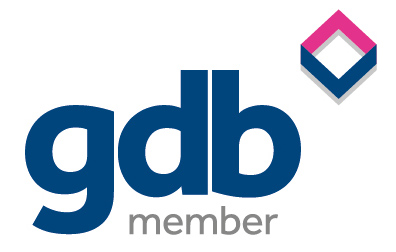Harvey John
Unit 2 Ferry Wharf
Hove Enterprise Centre
Basin Road North
Portslade, East Sussex
BN41 1BD
With the release of Harvey John’s eBook on Diversity, Equity, and Inclusion, we wanted to thank those in our treasury network who took part in our research last year. Here’s a quick snapshot of the data we received from you.
We’re hoping that this quick run-down, along with the eBook, will help stimulate more conversation around how we can improve DE&I within the treasury market.
Let’s get to it!
The Breakdown
felt that progression at their company was impacted by gender, race, disability, sexuality, ethnicity, age or social class.
felt that there was a lack of diversity at or above a Senior Management level at their company.
29.2% felt that their company was not doing enough to improve diversity, equity, and inclusion.
37.5% felt that they’d been personally affected by diversity issues in the workplace.
44.4% noted that their current company has networks for minority groups.
The Respondents
- The majority of respondents were either Director or Head of Treasury (36.2%), followed by Senior Managers (23.6%)
- 70.8% of respondents were White British or from another white background
- 61.1% of respondents reported themselves as middle-class, with 34.7% considering themselves working-class
- 25% of respondents considered themselves female
- 4.2% of respondents reported themselves as having a disability
Going Forward
There are a lot of different aspects to consider here, but it seems clear that the Treasury sector is still heavily male-dominated, with only one in four respondents considering themselves as female.
Less than half of respondents said their company has networks for minority groups. This might be something to encourage within firms. Other options include mentoring programs – both formal and informal – to help champion professional development and using exit interviews to gather insights that are unique to your company. But this only tackles employees within the company, which only helps with retention.
When it comes to recruitment, creating an inclusive hiring process can help diversify the talent pool – such as gender-neutral job ads, simplifying job criteria, or ensuring a diverse interviewing panel – which will help your company expand your talent pool and help you find the best talent.
We’re hoping that this quick run-down, along with our DE&I eBook, will help stimulate more conversation around how we can improve DE&I within the treasury market.
How does Treasury compare? Check out our Accountancy & Finance, Tax, and Legal snapshots.
Author

He is able to provide support at all levels of seniority, from graduates with treasury exposure to seasoned Group Treasurers, in both the permanent and interim markets, and has established a reputation for carefully matching both client and candidate requirements.
Available Jobs
Sorry, no jobs from this author. However, if you have tax, legal, finance or treasury experience, please upload your CV above and we will aim to get in touch.







